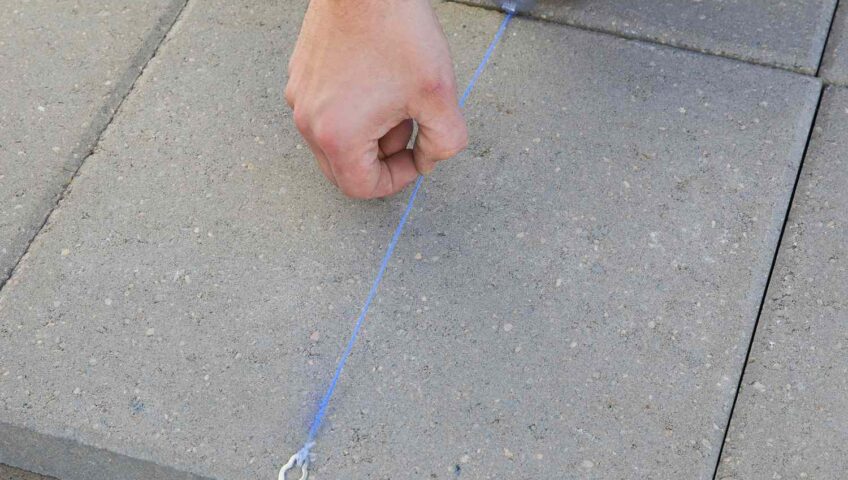Pushing the Limits: How Thick Can a Concrete Saw Cut?
Concrete saws are power tools specifically designed to tackle one of the toughest materials in the construction world: concrete. They are often the go-to choice for heavy-duty concrete cutting tasks due to their power, durability, and the depth of cut they can achieve. But just how thick a slab of concrete can a concrete saw handle? This article will delve into this question.
Understanding Concrete Saws
Concrete saws, also known as consaws or road saws, come in various sizes and types, including walk-behind models and handheld versions. These saws are equipped with specially designed blades, often diamond-tipped, to handle the rigors of cutting through concrete.
Depth of Cut
The cutting depth of a concrete saw is primarily determined by the size of the blade. As a general rule, the maximum cutting depth is approximately half the blade’s diameter. Therefore, a saw with a 12-inch blade can typically cut to a depth of about 4-5 inches.
Handheld vs. Walk-Behind Concrete Saws
The depth a concrete saw can cut also depends on its type. Handheld models are usually less powerful and equipped with smaller blades, limiting their cutting depth. These saws are typically used for cuts up to 5 inches deep.
On the other hand, walk-behind concrete saws, with their larger blades and higher power output, can cut significantly deeper. Some of these models can accommodate blades up to 36 inches in diameter, allowing them to cut up to 15 inches deep into the concrete.
Cutting Thick Concrete Slabs
While the maximum cutting depth of a walk-behind concrete saw might seem impressive, it is worth noting that most residential and commercial concrete slabs don’t typically exceed 6 inches in thickness. However, for infrastructure applications like roadwork, where the concrete can be much thicker, the higher cutting capacity of larger concrete saws becomes essential.
If you need to cut through a concrete slab thicker than your saw can handle in one pass, you might need to cut from both sides or make multiple passes. However, this requires precise alignment to avoid an uneven cut, and it can be time-consuming and labor-intensive.
Safety and Best Practices
When cutting concrete, especially deep cuts, safety should be a top priority. Ensure you’re using appropriate personal protective equipment, including dust masks, safety glasses, and sturdy gloves. Be aware of the potential for kickback, especially when the blade is deep in the cut, and maintain a firm grip on the saw at all times.
In summary, the thickness of concrete that a concrete saw can cut depends largely on the size of its blade and the power of the saw. Handheld saws are usually suitable for cuts up to 5 inches deep, while larger, walk-behind models can cut up to 15 inches deep with the appropriate blade. Regardless of the thickness of the concrete you’re cutting, always prioritize safety and employ the correct technique for the best results.


Write a Comment